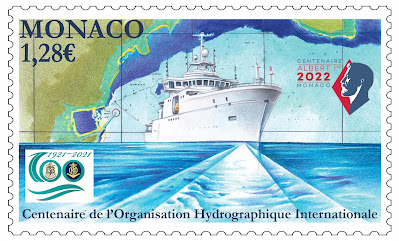World Motorcycle Day is an annual celebration dedicated to motorcycle enthusiasts worldwide. It provides an opportunity for riders to share their passion, promote safety, and engage in various motorcycle-related activities. Here’s an overview of what World Motorcycle Day typically entails:
History and Significance
- Origin: While the exact origins of World Motorcycle Day are not well-documented, it is celebrated globally by riders, clubs, and organizations to recognize the joy and freedom that motorcycles bring.
- Purpose: The day aims to celebrate the culture and community of motorcycling, promote road safety, and encourage responsible riding.
Activities and Events
- Group Rides: One of the most popular activities, where motorcyclists gather for organized rides, often covering scenic routes.
- Charity Rides: Many events are organized to raise funds for various causes, combining the love for riding with philanthropy.
- Bike Shows and Exhibitions: Showcasing a variety of motorcycles, from vintage to custom builds, highlighting the diversity and craftsmanship within the motorcycle community.
- Safety Workshops: Providing training sessions on motorcycle safety, maintenance, and riding techniques to promote safer riding practices.
- Community Gatherings: Bringing together riders of all types to share experiences, stories, and the camaraderie that comes with being part of the motorcycle community.
Global Celebrations
- United States: Various motorcycle clubs and organizations host rides, charity events, and exhibitions across the country.
- Europe: Countries like Italy, Germany, and the UK often have large gatherings, with major cities hosting bike shows and group rides.
- Asia: In countries like India and Japan, motorcycle clubs often organize rides and community events to celebrate the day.
- Australia: Known for its scenic routes, Australia sees many group rides and community events celebrating the day.
Promoting Safety
- Helmet Awareness: Emphasizing the importance of wearing helmets and other protective gear.
- Rider Training: Encouraging participation in rider education programs to enhance skills and knowledge.
- Safe Riding Campaigns: Raising awareness about road safety and responsible riding behavior.
Social Media and Online Engagement
- Hashtags: Riders use hashtags like #WorldMotorcycleDay, #RideSafe, and #MotorcycleLove to share their experiences and photos on social media.
- Virtual Events: Especially in recent years, virtual events, webinars, and online bike shows have become popular, allowing global participation.
World Motorcycle Day is a celebration that unites motorcycle enthusiasts from all corners of the globe, fostering a sense of community, promoting safety, and enjoying the thrill of riding.


.jpg)


.jpg)



